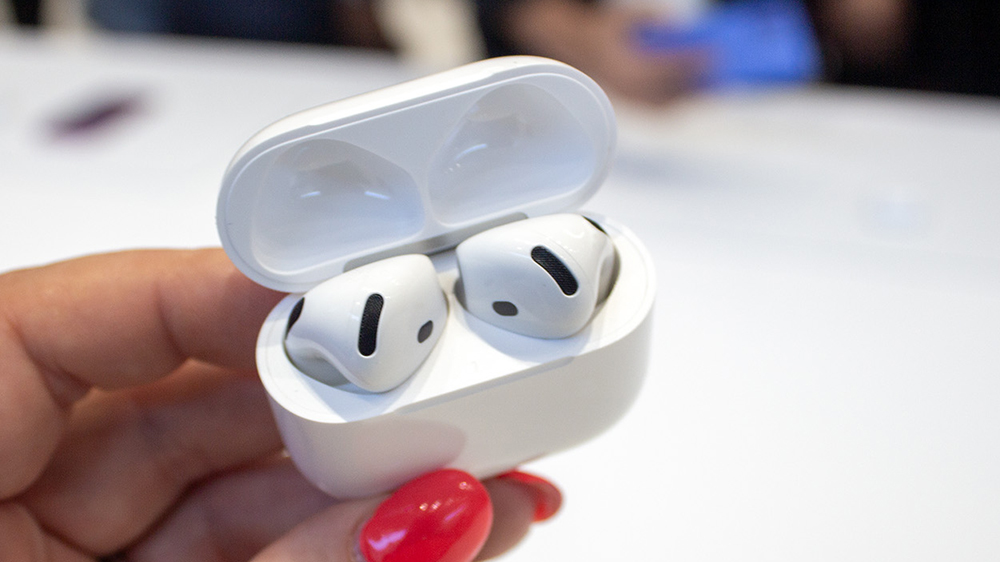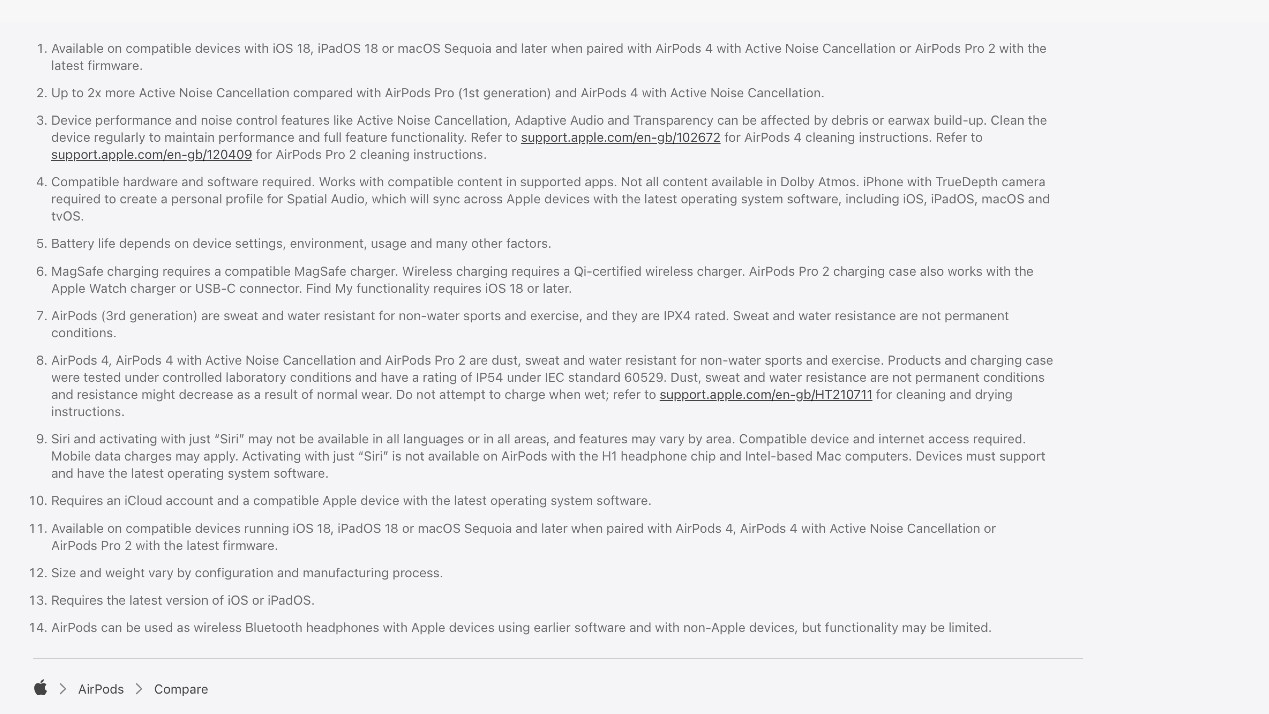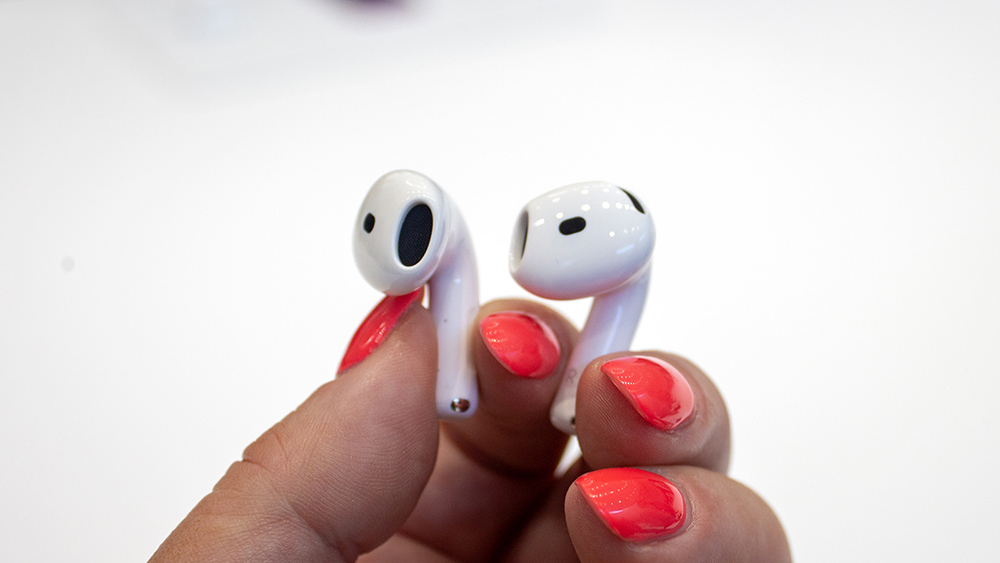3 questions I want answered about the Apple AirPods 4
The AirPods 4's launch has raised a few intriguing questions

It has been one week since Apple launched its new AirPods 4 wireless earbuds (in two variants). Since the initial launch news and our subsequent hands-on time with the new buds, there are a few key questions that have cropped up and I have been mulling over ever since.
The new AirPods 4 and AirPods 4 with ANC are welcome successors to the older AirPods 2 (2019) and AirPods 3 (2021), with upgraded designs, advanced features set, a more powerful H2 chip and the promise of improved sound. But there are some interesting aspects about the buds' design, specification and price that I am keen to find out the answers to.
- Read our AirPods 4 hands-on review
How will ANC in an open-ear design work?

The AirPods 4 are Apple's standard design – so no eartips – but one version comes with active noise cancellation (ANC). We have already touched upon this intriguing combination – and my colleague Tom Parsons is rather keen on this unique design – but how exactly Apple has designed a pair of open-fit earbuds to deliver effective ANC successfully is something I am fascinated to find out.
ANC has until now been reserved for Apple's flagship Pro line of wireless earbuds, but it makes sense to bring sound blocking to its more standard (and arguably more popular and affordable) line of AirPods. The lack of eartips, however, means that the AirPods 4 won't offer the acoustic seal and immediate noise isolation you get with the eartip-inclusive AirPods Pro 2. The AirPods 4 have upgraded microphones and the same H2 chip as its flagship sibling, but what frequencies Apple has chosen to cancel out and how it plans to implement ANC in the AirPods 4's eartip-less design remains to be seen.
Most open-ear designs so far (such as the Bose Ultra Open Earbuds and Huawei FreeClip) haven't included ANC. Samsung's Galaxy Buds 3 are the first to combine an eartip-less open design with ANC, but we haven't reviewed this model. We can only hope that Apple has given this combination some serious thought.
Perhaps it doesn't plan to deliver the full blast of ANC, though. As we state in our hands-on review: "Apple says the Pro model does have more-advanced sound-blocking ability." If you look at the footnotes on Apple's website when comparing the AirPods Pro 2 and AirPods 4, point #2 (in the above photo) states that the Pro 2 have "Up to 2x more Active Noise Cancellation compared with AirPods Pro (1st Generation) and AirPods 4 with Active Noise Cancellation." So we can assume the premium Pro 2 will still deliver the best and most effective ANC performance, but whether the AirPods 4 with ANC will be effective enough is something I am looking forward to trying out.
AirPods 4 will support 16-bit/48kHz audio – how?

In a blink-and-you'll-miss-it announcement, Apple has confirmed that the new AirPods 4 will support 16-bit/48kHz audio. This is potentially huge news for audio quality and is the first time (to my memory at least) that Apple has put figures to the sample rates and frequency supported by AirPods.
Get the What Hi-Fi? Newsletter
The latest hi-fi, home cinema and tech news, reviews, buying advice and deals, direct to your inbox.
In the official press release, Apple states: "Thanks to the H2 chip, AirPods 4 are also great for gaming, delivering low wireless audio latency and excellent voice quality when chatting with teammates and other players, including support for 16-bit, 48kHz audio."
Typically, Apple doesn't expand on this fact or offer any clues as to how it will support CD-quality audio in the new AirPods 4. Apple has steadfastly stuck with the AAC Bluetooth codec in AirPods when streaming music from iPhones, iPads, Macbooks and other devices, rather than including any higher-quality codecs such as aptX HD, LDAC or similar.
While AAC is technically able to support the playback of 16-24-bit and up to 96kHz audio, the restriction lies in the amount of information or data (bitrate) it is able to transfer per second over as lossy a compression method as Bluetooth. CD quality (16-bit/44.1kHz) equates to a bitrate of 1411kbps; AAC allows for 256kbps to 320kbps maximum bitrate transmission. Apple's own ALAC codec (which is what Apple Music's lossless library is encoded in) allows for higher rates of lossless transmission and up to 24-bit/192kHz audio quality. But AirPods have never supported this codec or this level of lossless audio quality. As AAC is a Bluetooth codec it is inherently lossy, which means that even if AirPods 4 can support 16-bit/48kHz audio playback, it won't be able to transmit the full audio file information without losing some data.
The fact that this specification is mentioned in relation to gaming and the H2 chip means the audio support could be in specific situations only. Furthermore, the fact it is related to the H2 chip means that 16-bit/48kHz support could potentially also be supported in the flagship Pro 2 model that is powered by the H2, couldn't it? We shall have to investigate further when we get our hands on our AirPods 4 review sample.
Will AirPods 4 with ANC hinder or help AirPods Pro 2 sales?

The AirPods 4 will cost £129 / $129, the AirPods 4 with ANC will cost £179 / $179, while the AirPods Pro 2 officially retail for £229 / $249. In the UK, that's a consistent £50 gap between all three in-ear AirPods models. It's a clear line of succession and gives customers just enough choice and leeway in the price range to choose the model that suits their needs and budgets.
Real-life pricing, however, tells a different story. While we aren't expecting the new AirPods 4 models – available from 20th September – to see discounts immediately after going on sale, we have seen the AirPods Pro 2 drop to £199 during the summer sales in the UK, and I am very much expecting to see this price drop appear again later this year. That means that come Black Friday and during the Christmas gifting season, there might be only a £20 difference between the AirPods 4 with ANC and the flagship Pro 2. That makes the choice between the two models harder; but will the decision be as clear cut?
For my money, the entertaining sound quality, comfortable design and excellent ANC of the Pro 2 is the easy choice here. They represent fantastic value at the discounted price, and being able to get better sound, better noise-cancelling and a more tailored design for just £20 more than the newer step-down model is a clear and easy choice. For me.
But I could be proven wrong. I know that many people, including my colleagues, prefer the tip-less design of the standard AirPods. Couple that with the fact that the AirPods 4 are the newer and therefore more exciting pair, it wouldn't surprise me at all if the AirPods 4 with ANC becomes the secret best seller of the year. Will buyers go for the newer model (provided they are any good, of course) over the discounted flagship five-star pair, even with such a small difference in price? We shall see.
MORE:
AirPods 4 vs AirPods 4 with ANC: which new pair is best for you?
Apple AirPods 4 vs AirPods Pro 2: what are the differences?
AirPods 4: everything you need to know about release date, features and price details

Kashfia is the Hi-Fi and Audio Editor of What Hi-Fi? and first joined the brand 13 years ago. During her time in the consumer tech industry, she has reviewed hundreds of products (including speakers, amplifiers, turntables and headphones), been to countless trade shows across the world and fallen in love with hi-fi kit much bigger than her. In her spare time, Kash can be found tending to an ever-growing houseplant collection and shooing her cat Jolene away from spinning records.
